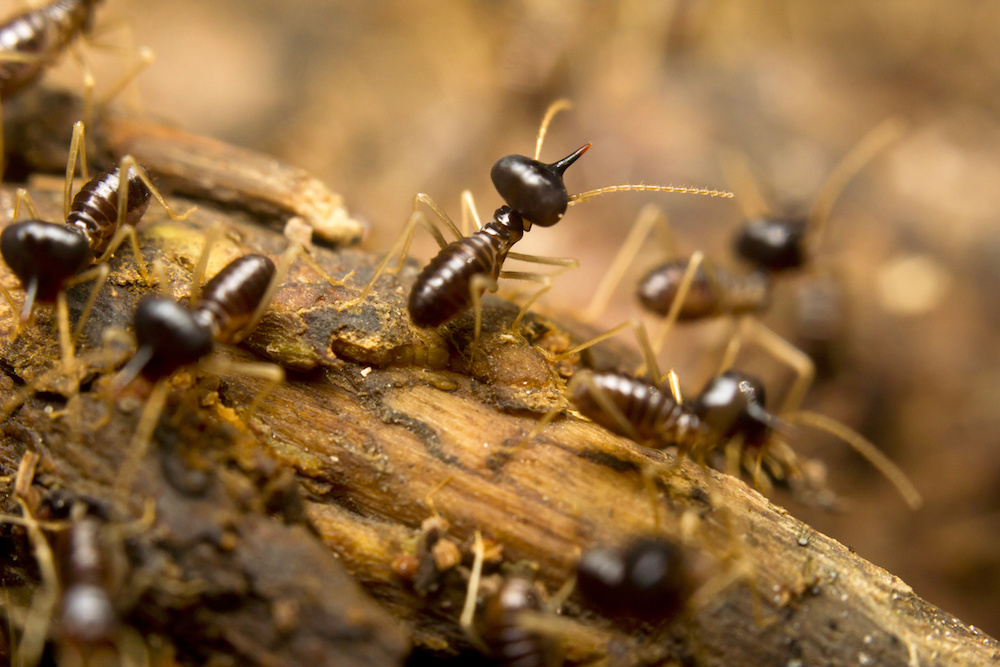
Termites on the forest floor in Borneo, Malaysia. Photo courtesy of Adobe Stock.
Parents dress their children in bee costumes, and the ant has its own Hollywood movie franchise. But the lowly termite has long been best known for causing billions in annual property damages. That might now be changing. Around the world, as scientists try to figure out biology’s underlying rules and harness them to solve problems, they are looking to termites—and their guts, full of rare microorganisms—for guidance on how to transform the way we design new technologies. Can termites show us how to power our cars without worsening climate change? Do the ways termites organize themselves offer insights into creating new communication systems? Do the genes of termites suggest paths to designing new fuels or substances that might allow humans to live with a lighter footprint on Earth? Lisa Margonelli, author of Underbug: An Obsessive Tale of Termites and Technology, visits Zócalo to chew over the potential of a bug with the power to make, or unmake, the world.
The Takeaway
Why Termites Are Giving Humans a Lot to Chew On
The Industrious “Underbug” Isn’t Just Chomping Our Houses. It’s Furnishing Clues About the Future of Technology, Energy, and Warfare.
Apart from mosquitoes and cockroaches, termites may be the least beloved insects rambling around our planet. But they’re also among the most underappreciated of creepy-crawlies—and their example can tell us …





